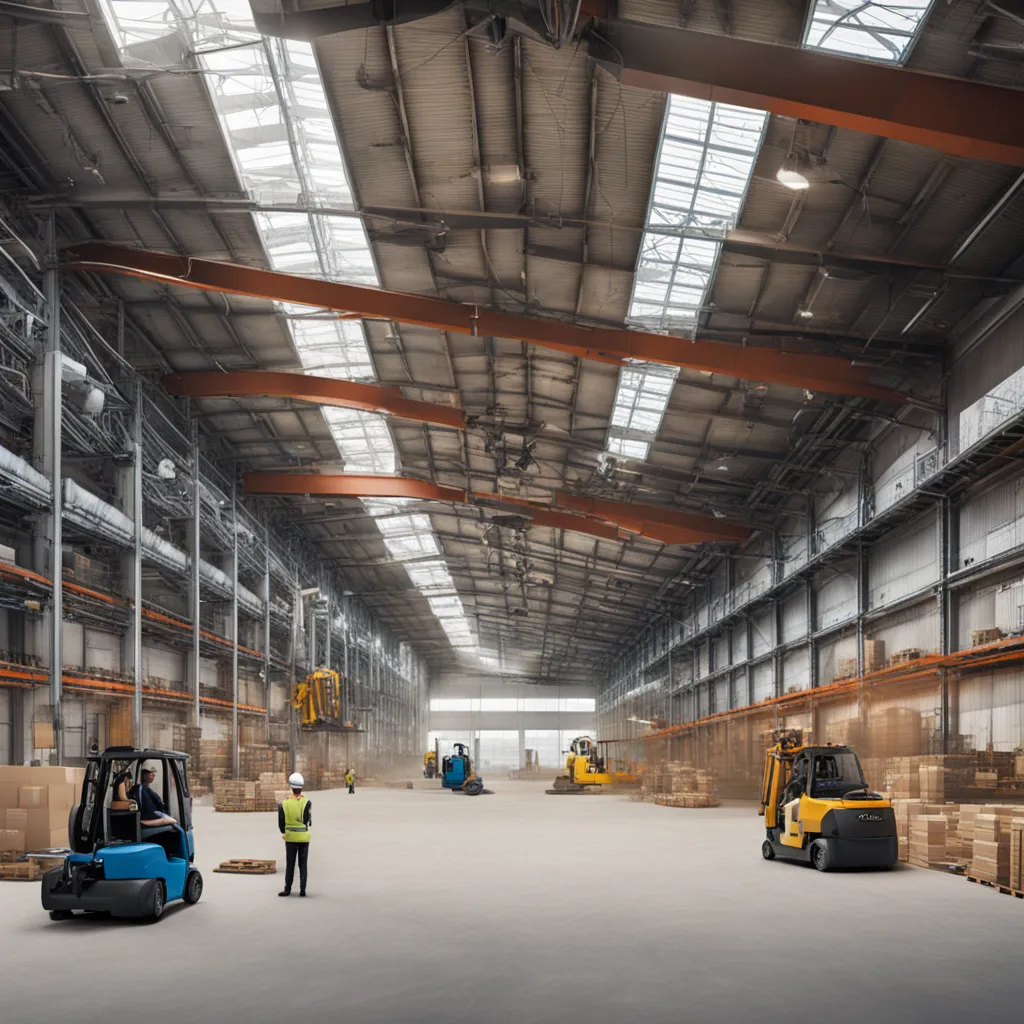Similar Trends in Europe | EurobuildCEE

According to the latest data from Cushman & Wakefield, total modern industrial and warehouse space in Central and Eastern Europe (CEE) will exceed 59 million sqm in the first half of 2023.
Poland is the largest market in the region, accounting for 52% of the total, with the Czech Republic in second place with a 19% share. Over 7.6 million sqm of space has been completed in the last year, expanding the market by 16%, and an additional 5 million sqm is currently under construction.
Demand for space is declining, but the trend towards non-reallocation is creating new opportunities. The fundamentals of the CEE industrial real estate market remain strong. Non-reallocation offers additional opportunities for the region, especially in the automotive,'The share of pre-negotiated space under construction is gradually decreasing: while by the end of the first half of 2021 the share of pre-negotiated space in the Central European region amounted to 61% of the total area under construction, this year it was only 44%. In the Czech Republic and Romania it was even lower, at around 39%. Tenant demand in CEE continued to decline in the first half of 2023, with total leased space in the region falling by 29% year-on-year, mainly due to significant declines in Poland (- 39%), the Czech Republic (- 32%) and Slovakia (- 23%).
At the same time, demand increased in other countries in the region, especially in Bulgaria, where it rose by 136%. Despite small adjustments in Hungary, Poland and the Czech Republic, vacancy rates remain unambiguously''low in all markets, especially in the Czech Republic and Bulgaria, where it is even less than 2%.
At the end of the first half of the year, rental rates increased year-on-year in all CEE regions except Romania. The strongest growth was registered in Poland, where prime rental rates are at EUR 6.50/sqm/month, 35% higher than a year ago.
In the Czech Republic, rates remain at EUR 7.75/sqm/month, still the highest level in the region. Low investment activity, construction managed by two developers
Investment activity in the logistics and industrial real estate sector remains low.
Total investment in industrial real estate in CEE fell 45% year-on-year in''in the first half of 2023. It amounted to around €630 million, representing almost a third (29%) of total investment in the region's traditional commercial real estate sectors. With the exception of Bulgaria, the region has seen increasing returns from the premium industrial real estate sector, ranging from a 25pc increase in Romania to a significant 150pc increase in the Czech Republic.
Thanks to healthy vacancy rates in the sector, strong demand driven by a trend towards non-reallocation and a slowdown in activity, the sector should attract investors to the region's industrial and logistics sector in the near term.
14 May 2025
14 May 2025
13 May 2025
13 May 2025
14 May 2025




The logistics and industrial real estate market in Central and Eastern Europe'. '(CEE)
is still very consolidated: two international companies, notably Panattoni and CTP, largely control construction at present (over 55% in the first half of the year) and are active in almost all countries in terms of rentals. It is also worth noting Prologis, whose parks represented 18% of the total taken turnover in the region in the first half of 2023.
Trends in CEE echo European developments.
As a result of high economic uncertainty and declining business and consumer confidence, markets are returning to pre-pandemic coronavirus activity levels, although in a number of particularly smaller markets (including many in Central Europe) rental volumes are still significantly higher than pre-pandemic levels. Throughout the'
Although growth rates are not as high as in recent years, the trend is still positive. Investment volumes also continue to decline across Europe as investors wait for new price levels to stabilize. However, yield decompression is starting to slow and activity is slowly returning due to investor confidence in the strength of this market. With ongoing economic uncertainty impacting business activity and consumer confidence, we expect tenant activity to remain muted for the remainder of 2023 and early 2024 before improving with increasing business optimism. Proposal''vacant space will remain limited as developers reduce their speculative construction, which is already evident in Central Europe. Rental growth is expected to slow in 2024 and beyond, although it is expected to remain positive across all European markets. - Jiří Kristek
Comment
Popular Offers

Subscribe to the newsletter from Hatamatata.com!
Subscribe to the newsletter from Hatamatata.com!
I agree to the processing of personal data and confidentiality rules of Hatamatata










